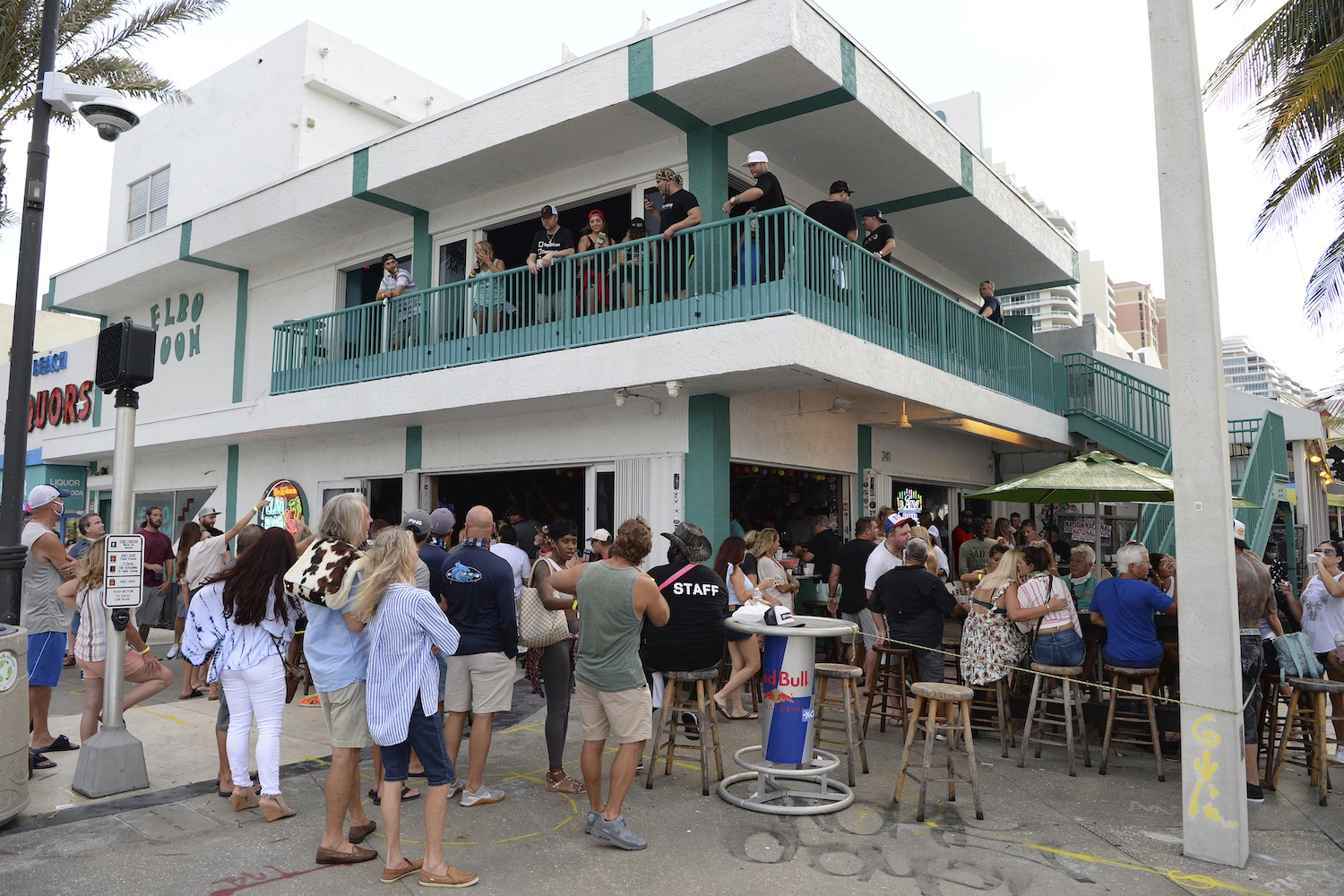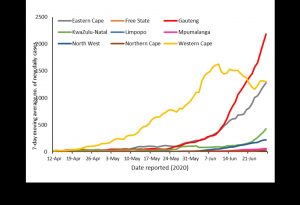Cell Membrane Is Made Up Of Proteins And Lipids

An accumulation the most effective Cell Membrane Is Made Up Of Proteins And Lipids wallpapers and backgrounds available for download for free. Develop you enjoy our growing collection of HD images to utilize as a background or home screen for the smartphone or computer. Please contact us if you want to publish a awesome background on our site. Only the best wallpapers. Day-to-day improvements of new, awesome, HD wallpapers for pc and phones.
A great deal of amazing Cell Membrane Is Made Up Of Proteins And Lipids backgrounds to get with regard to free. You can even upload and also talk about the best wallpapers. HD wallpapers as well as background photographs

Modeling Nucleic Acids with Pipe Cleaners, Beads, and

Modeling Nucleic Acids with Pipe Cleaners, Beads, and

TJ. Lipids are molecules that contain hydrocarbons and

Cell membrane is made up of proteins and lipids
Some proteins are interspersed throughout the lipid layer, while others are attached to its surface. • made up of phospholipids, proteins, carbs, other lipids. Cells recognize each other by binding to surface molecules, often carbohydrates, on the plasma membrane. All membranes in living organisms, both around the cells and within them, are mostly made up lipids and proteins. The cell membrane is the semipermeable membrane of a cell that surrounds and encloses its contents of cytoplasm and nucleoplasm. The major component of membranes is lipids. Depending on the membrane’s location and role in the body, lipids can make up anywhere from 20 to 80 percent of the membrane, with the remainder being proteins. Cell memorable is mainly made up of proteins and lipids. Membrane carbohydrates may be covalently bonded to lipids or more commonly to proteins. Cytoskeleton also helps in anchoring the membrane proteins to the cell membrane. Fatty acid synthesis occurred in the cytosol and the product is palmitic (or hexadecanoic) acid. The process of the fusion of cell membrane with intracellular vesicles results into excretion of contents present in vesicles. The membrane is made up of a thin layer called the 'phospholipid bilayer'. Both types share the defining characteristic of lipids—they dissolve readily in organic solvents—but in addition they both have a region that is attracted to and soluble in water. Other proteins and lipids can be added to the cell membrane.
By forming a double layer with the polar ends pointing outwards and the nonpolar ends pointing inwards membrane lipids can form a 'lipid bilayer' which keeps the watery interior of the cell separate from the wa Cell memorable is mainly made up of proteins and lipids. This has two layers of phospholipid molecules with phosphate heads on the surfaces and lipid (oil) tails on the inside. Described below are the three major parts along with their detailed make up: The principal components of the plasma membrane are lipids (phospholipids and cholesterol), proteins, and carbohydrate groups that are attached to some of the lipids and proteins. The cell membrane is comprised mostly of lipids and proteins. The membrane of a cell is basically made up of a mixture of lipids and proteins. They have one end that is soluble in water and an ending that is soluble in fat. The cell membrane consists of a lipid bilayer, including cholesterols that sit between phospholipids to maintain their fluidity at various temperatures. The lipids in the plasma membrane are in the form of phospholipids, which contain a polar head group attached to two hydrophobic fatty acid tails; The membrane that surrounds a cell is made up of proteins and lipids. The outside heads mix with water, but the tails reject water. The lipids and proteins composition of the membrane allow such diffusion to occur. The multitude of different proteins and lipids in the cell membrane give it the look of a mosaic. Membrane lipids are of the.
Membrane lipids are principally of two types, phospholipids and sterols (generally cholesterol). They surround any living cell as a cover on cytoplasm. Proteins and lipids are important components which form the cell membrane. Intrinsic proteins are inserted during their synthesis on ribosomes bound to the endoplasmic reticulum, whereas extrinsic proteins found on the internal surface of the cell membrane are synthesized on free, or unattached, ribosomes, liberated into the cytoplasm, and then brought to the membrane. This also controls entry and exit of substances as it also exhibits hydrophilic heads and hydrophobic tails. The head group faces the aqueous environment, the fatty acid tails the interior of the bilayer. Provides large surface area on which specific chemical reactions can occur. Depending on the membrane’s location and role in the body, lipids can make up anywhere from 20 to 80 percent of the membrane. The three major classes of membrane lipids are phospholipids, glycolipids, and cholesterol. Further elongation to longer chain fatty acids occurs in the endoplasmic reticulum. Carbohydrates on external side of plasma membrane vary among species, individuals, and cell types The membrane lipids are the most predominant molecules in the membrane. Newly synthesized phospholipids insert themselves easily into the existing cell membrane. The arrangement of different proteins and lipids in the cell membrane looks like the arrangement found in a mosaic floor. Regulates materials moving in/out of cell 2.
The cell membrane separates the cell from the surrounding interstitial fluid, the main component of the extracellular fluid. Completely encapsulated by a membrane. A lot of things, but mainly lipids and proteins. Phospholipid synthesis occurs in the endopl. Membrane proteins are arguably one of the most challenging areas of the proteosome, and remain one of the most under studied. Membranes are made of lipids and proteins, and they serve a variety of barrier functions for cells and intracellular organelles. Integral membrane proteins make up a significant proportion of the proteosome in many organisms and play a vital role in a myriad of diverse cell functions including signalling, energy generation, transport and recognition. It works as a separator. Different lipid species closely pack together to form a double layer, or bilayer, the membrane's fundamental structure, while proteins are embedded within or attached to the. Cell membrane is made up of 3 types of substances: The plasma membrane consists of a lipid bilayer containing embedded and peripheral proteins. Cell membranes are also called plasma membranes. The proportions of lipids, proteins, and carbohydrates differ markedly depending on the type of cell and membrane. The other components of a membrane of a cell are phospholipids and glycoproteins. Different mechanisms carry out the function of incorporation and removal of materials into and out of the membrane.
If membranes were composed only of lipids, very few ions or polar molecules could pass through their hydrophobic “sandwich filling” to enter or leave any cell. The cell membrane has a fluid consistency due to being made up in large part of phospholipids, and because of this, proteins move freely across its surface. The membrane also contains membrane proteins, including integral proteins that go across the Both endocytosis and exocytosis are helped by functions of cell membranes.
Related post:


Quick Tip Use Compound Butters In Baked Goods Peanut

MobyMax Moby max, Canal, Structures

Mitosis, Infographic and Graphics on Pinterest
That's all about Cell Membrane Is Made Up Of Proteins And Lipids, Both endocytosis and exocytosis are helped by functions of cell membranes. The membrane also contains membrane proteins, including integral proteins that go across the The cell membrane has a fluid consistency due to being made up in large part of phospholipids, and because of this, proteins move freely across its surface. If membranes were composed only of lipids, very few ions or polar molecules could pass through their hydrophobic “sandwich filling” to enter or leave any cell. Different mechanisms carry out the function of incorporation and removal of materials into and out of the membrane. The other components of a membrane of a cell are phospholipids and glycoproteins.



